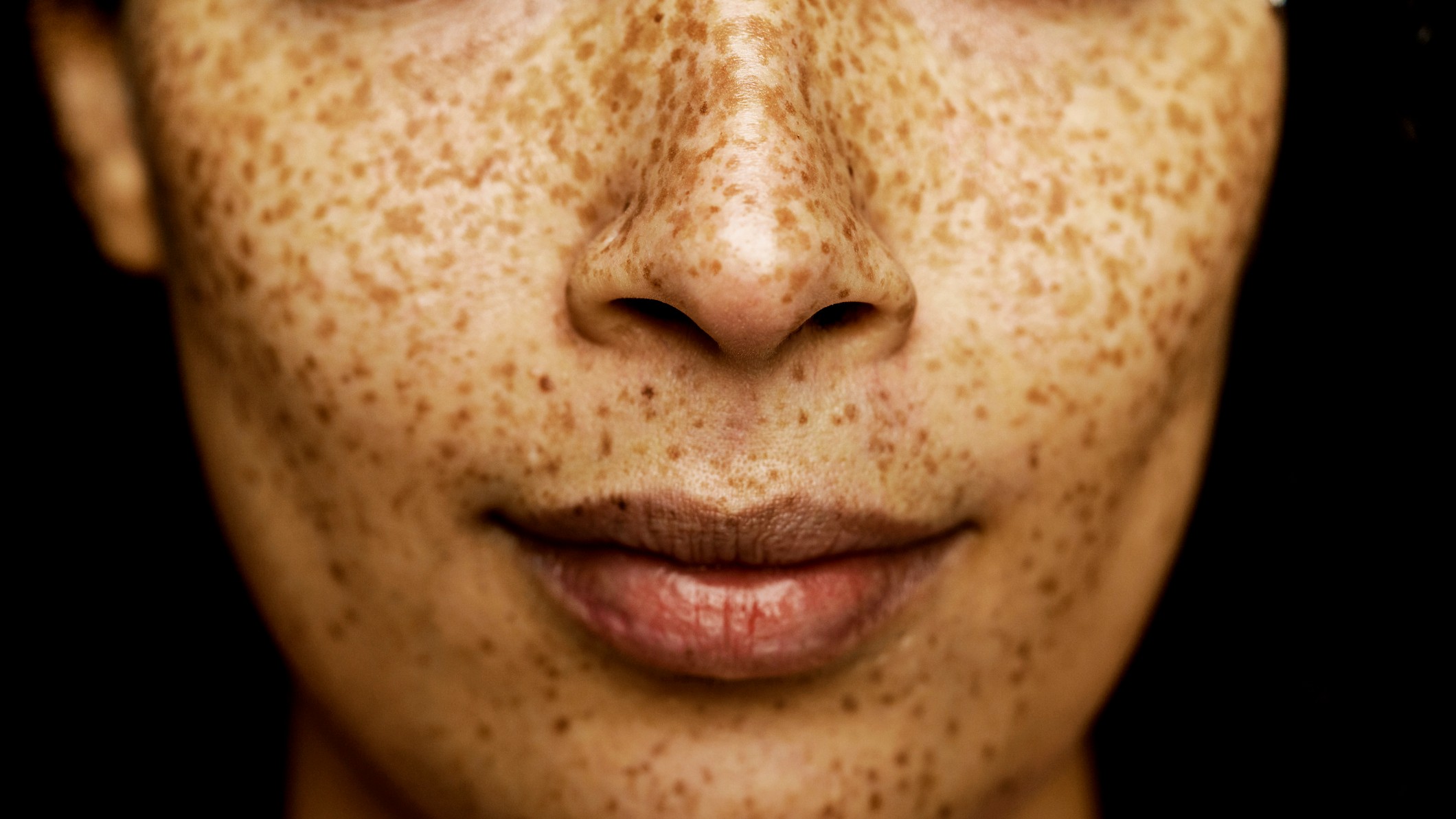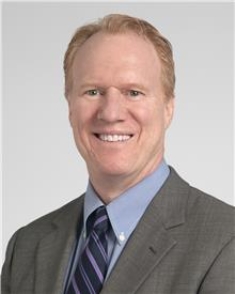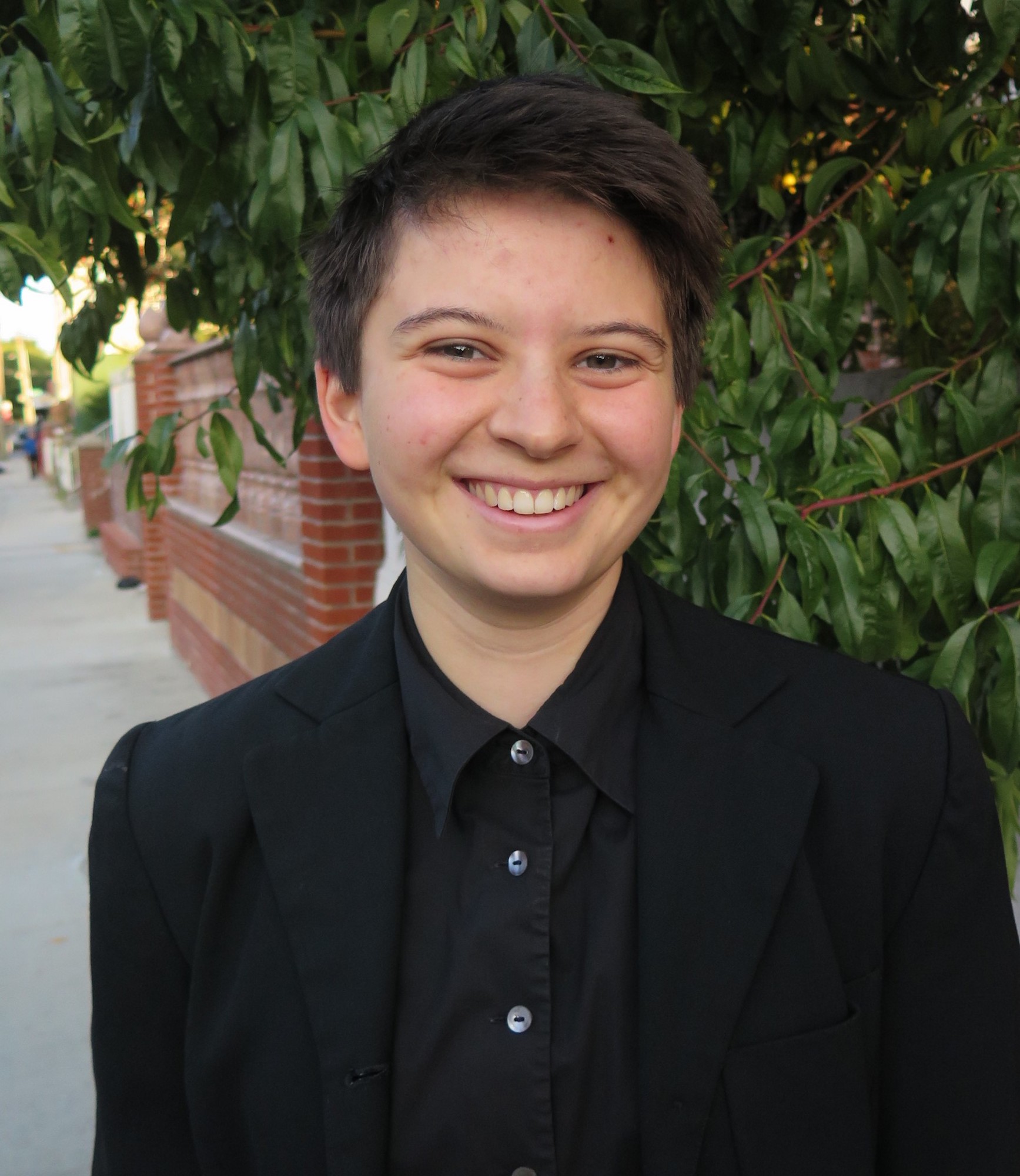
Why don't we breathe equally out of both nostrils?
Most people do not breathe equally from both nostrils and tend to have a dominant side.

Do you breathe through both nostrils at the same time? If you get close to a mirror and breathe out through your nose, the mirror will fog up. Two marks of water vapor will pool on the surface, one for each nostril. But one mark will be larger than the other, because people breathe mostly out of one nostril at a time.
At any given time, people do about 75% of their breathing from one nostril and 25% from the other, said Dr. Michael Benninger, a head-and-neck doctor at the Cleveland Clinic. The dominant nostril switches throughout the day. This is called the nasal cycle.
So why do we rarely breathe out of both nostrils at once?
- Related: Do humidifiers help with congestion?
- Related: Why do we breathe so loudly when we sleep?
- Related: Why do we sneeze?
What is the purpose of the nasal cycle?
Although we don't usually notice it, during the nasal cycle one nostril becomes congested and thus contributes less to airflow, while the other becomes decongested. On average, the congestion pattern switches about every 2 hours, according to a small 2016 study published in the journal PLOS One. Right-handed people tended to spend more time favoring their left nostril, according to the study.
No one is sure why the nasal cycle occurs, Benninger said. But there is one popular theory: "Some people have speculated that it has to do with allowing moisture to build up on one side so that it doesn't get too dry," he said.
Most people aren't aware of the nasal cycle, Benninger said. However, it may become more noticeable during sleep. If a person lies on their right side, for example, gravity will cause that lower nostril — the right nostril — to become more congested. If the cycle has designated the right nostril to be naturally more congested at the time, there's no appreciable effect. But if the nasal cycle has made the left nostril more congested and the right nostril is congested because of side sleeping, breathing may be difficult, and the person may wake up.

Dr. Michael S. Benninger is a professor and chair of the Department of Otolaryngology-Head and Neck Surgery in the Cleveland Clinic Lerner College of Medicine and the Immediate Past-Chair of the Head & Neck Institute at Cleveland Clinic. He is also the President of the International Association of Phonosurgery, Vice President of the Voice Foundation, President-Elect of the Triological Society and member of the Board of Governors of the American College of Surgeons. Dr. Benninger specializes in laryngology, nasal and sinus disease, and healthcare management.
Why does only one nostril get blocked when you are ill?
People are more likely to notice the nasal cycle when they have consistent blockage of one side of their nose, Benninger noted. One way this can happen is if a person has a deviated septum, in which the wall between the nostrils is displaced, causing it to push into one side. Some people also grow soft, painless growths — called polyps — in their nose, which can cause the same effect. Although less common, tumors can draw attention to it as well.
Sign up for the Live Science daily newsletter now
Get the world’s most fascinating discoveries delivered straight to your inbox.
Although your nose may feel stuffy when you have a cold, that’s not due to the nasal cycle. In general, both nostrils are congested when you’re sick, so you’re going to have trouble breathing through your nose no matter where you are in the cycle, Benninger said.
There are ways to decongest both nostrils at once, which can temporarily lead someone to breathe more equally out of them until the nasal cycle resumes. Medications such as nasal decongestant sprays, as well as exercise, can have the same effect, Benninger said. Sex can also open up the nose and may be a natural substitute to decongestant medicine, according to a 2021 study in the Ear, Nose & Throat Journal.
Originally published on Live Science.

Tyler Santora is a freelance science and health journalist based out of Colorado. They write for publications such as Scientific American, Nature Medicine, Medscape, Undark, Popular Science, Audubon magazine, and many more. Previously, Tyler was the health and science Editor for Fatherly. They graduated from Oberlin College with a bachelor's degree in biology and New York University with a master's in science journalism.









